I used the same sized mandrel for all of the bases and I cut everything the same - the paper, the fabric lining and even the pattern paper and marked them with 30 divisions. I then took the silk I had, from my spinning supplies, to add the padding. To make sure all the patterns matched up I had to add a bit more or a bit less silk as I wound it around the base.
The 4 bases are now ready for sewing, which I will cover in Part C and I will start with a size 8 Perle cotton.
So I bet you are wondering WHY I am doing this. Well the answer is that I tried to sew this pattern with the Japanese silk and made an absolute mess of it. The silk kept twisting and knotting and I could not undo them so I had to cut the thread; my divisions, using the 15 per the original pattern and not the 30 I am suggesting you use, were all off and not evenly spaced; and so I got frustrated with it and set it aside.
That is when I had THIS idea to try different thread material and work my way down to finer threads.

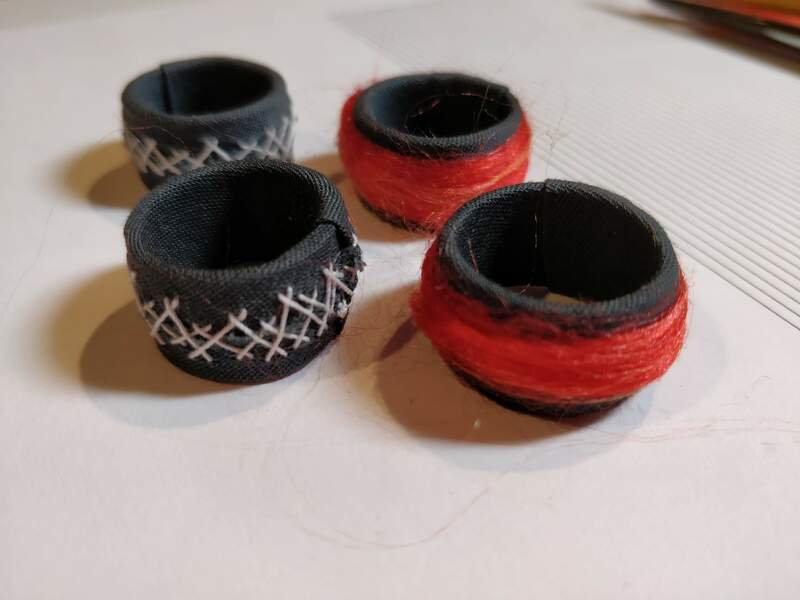
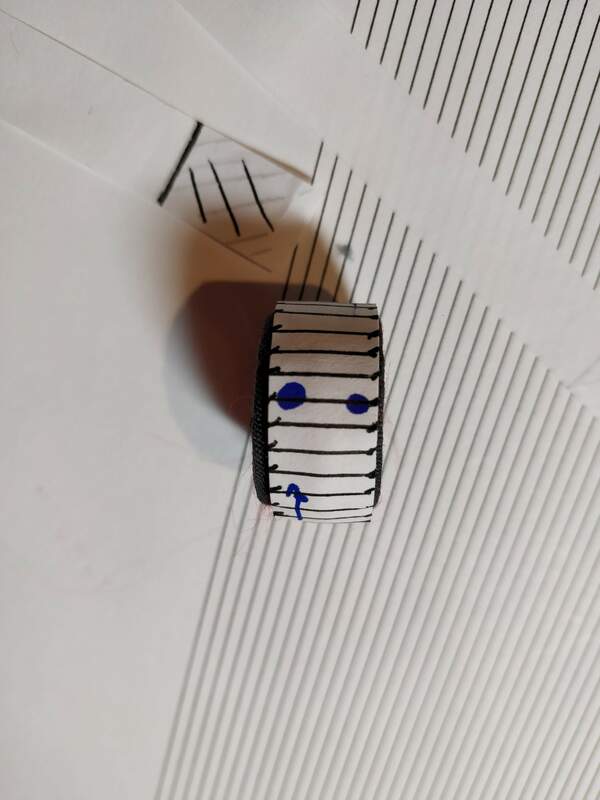

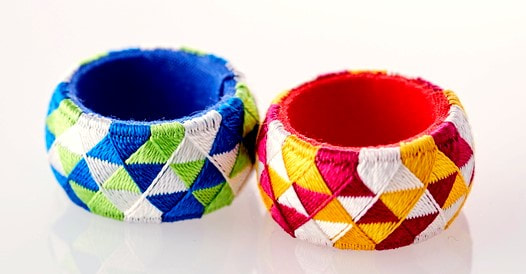
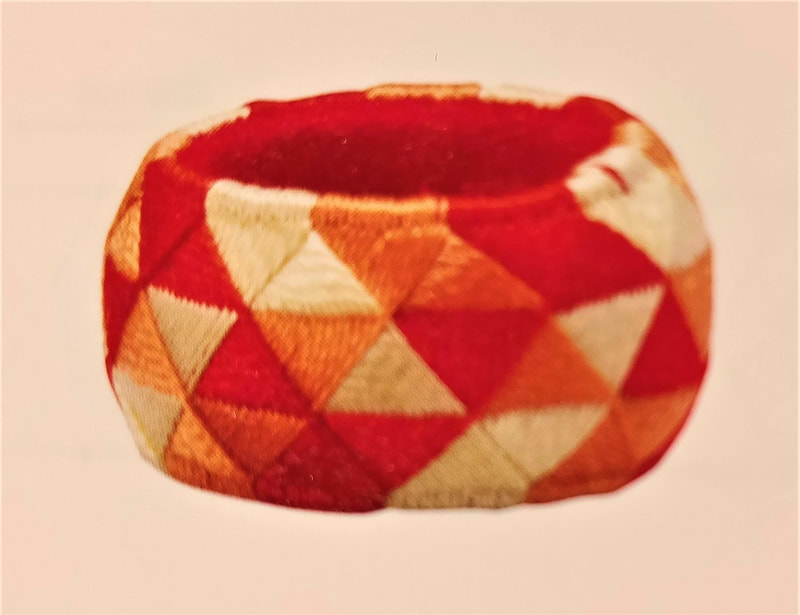
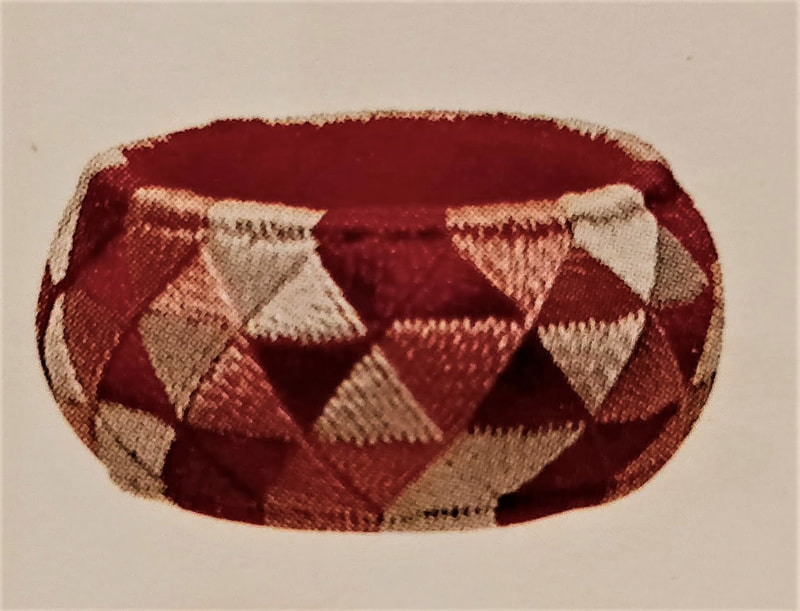

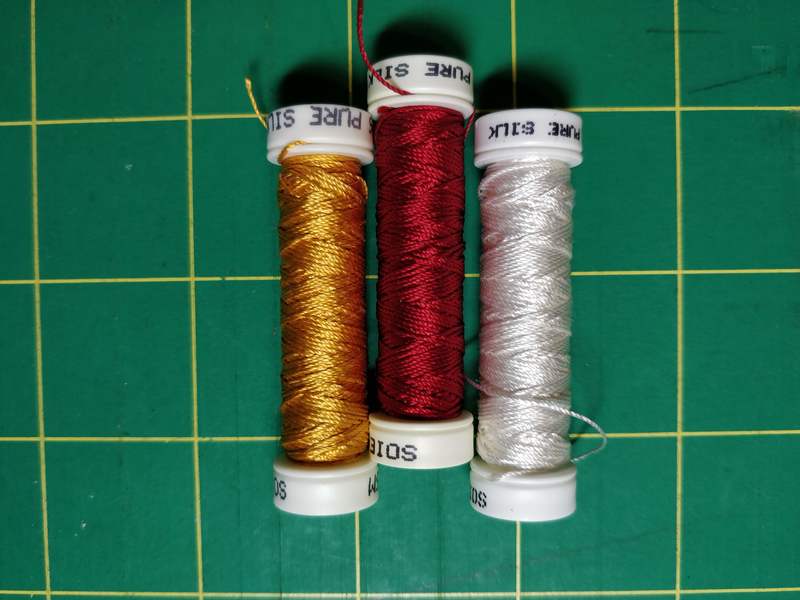
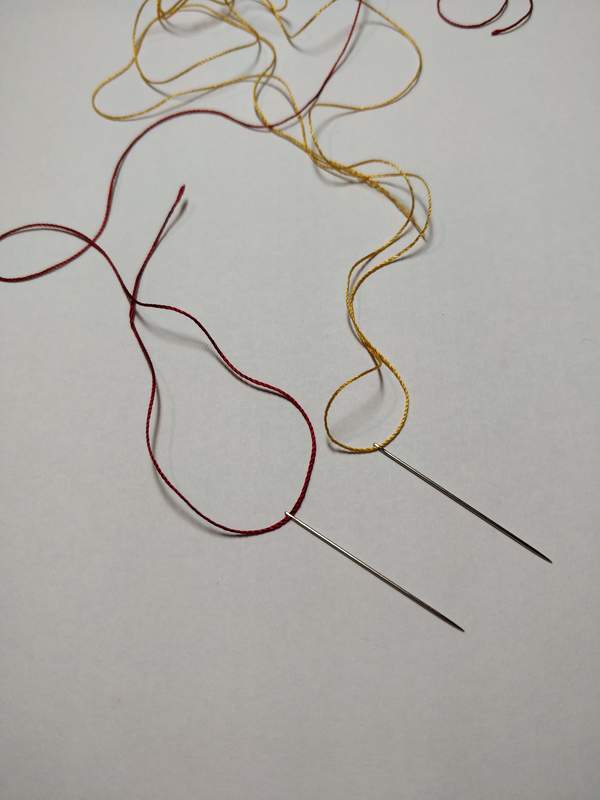
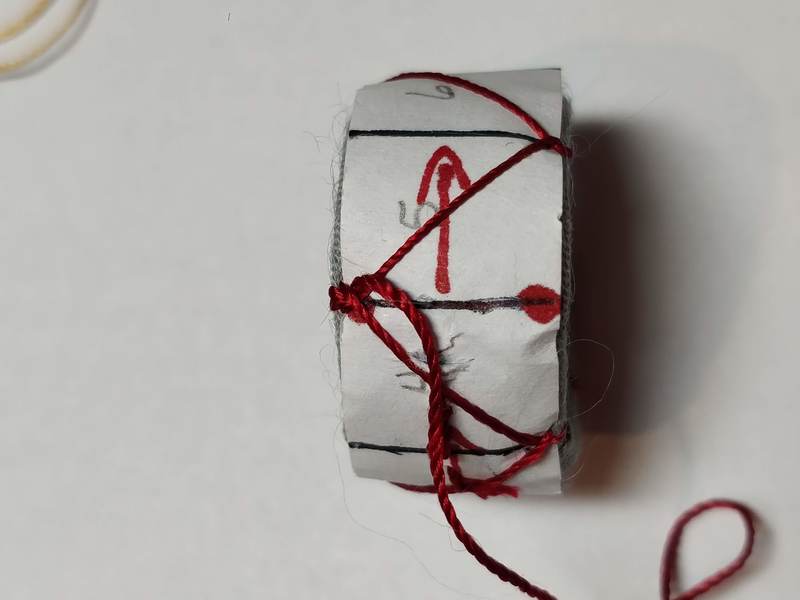
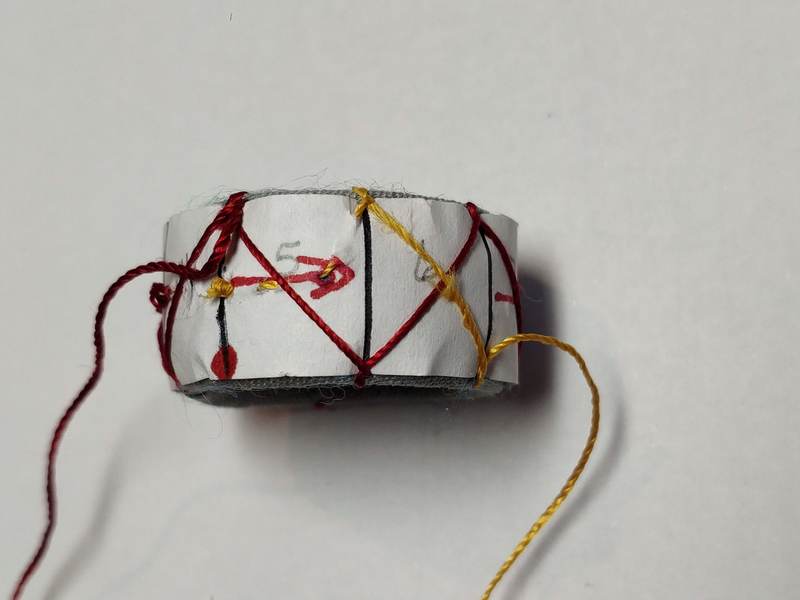
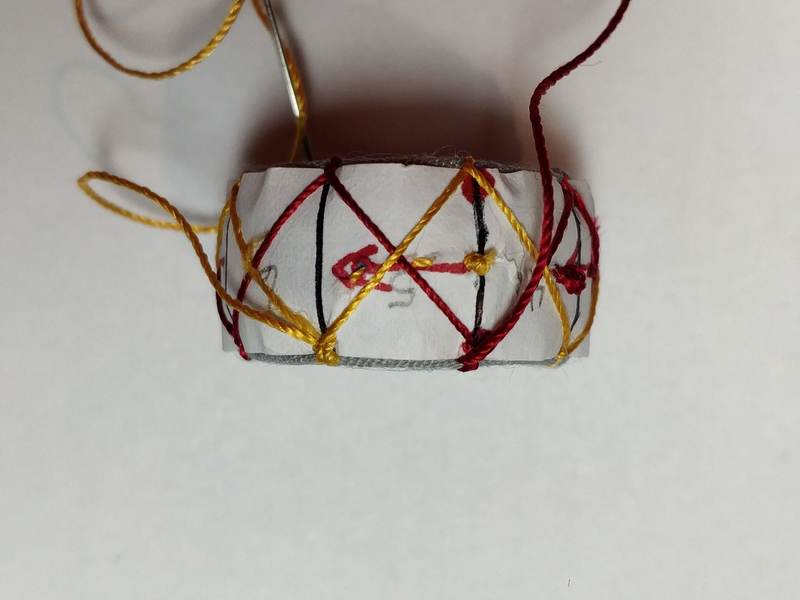
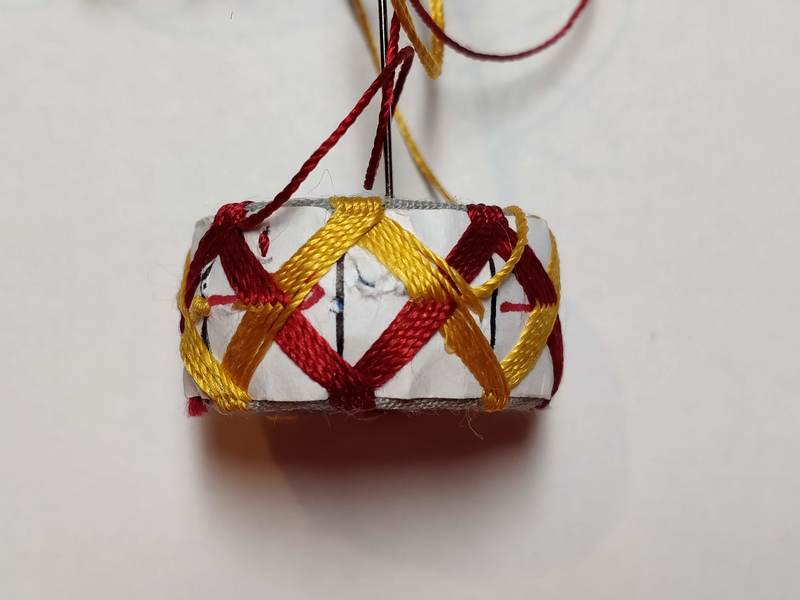
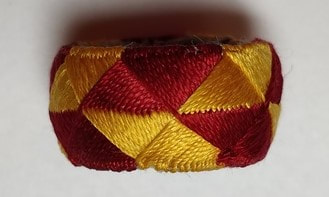
 RSS Feed
RSS Feed
